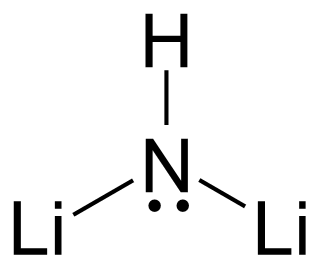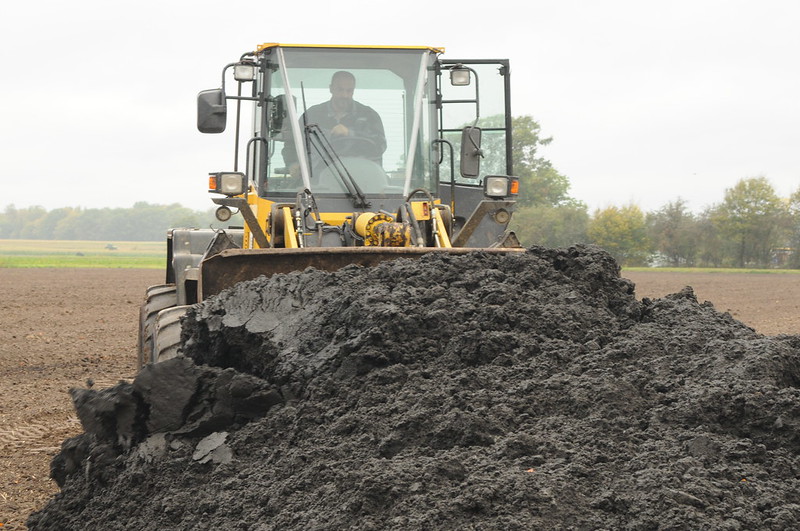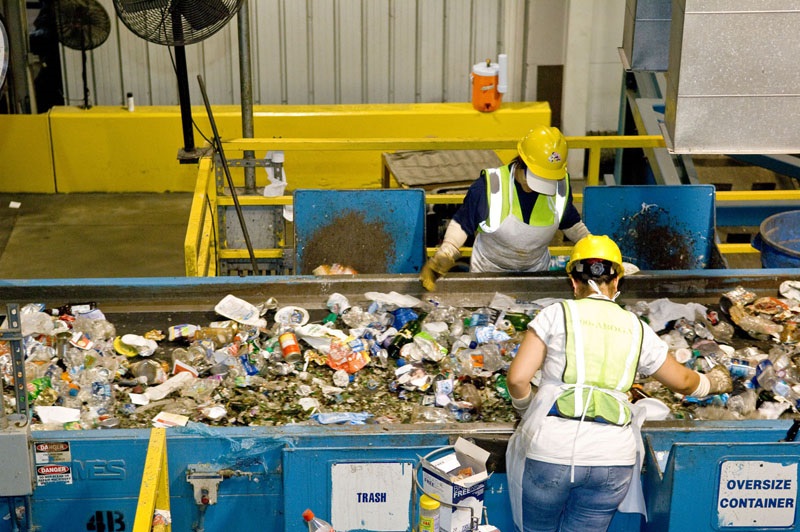New England’s Unique Environmental Problem: Lead

In New England, even though most sources of drinking water are lead free, lead was a common material used for constructing pipes until 1986. Even today, while copper has eclipsed lead as the most common material used for pipes, lead solder can still be used to join copper pipes. Corrosive water can then cause the lead to leach into the drinking water. Lead contamination from drinking water is one of the most common forms of lead poisoning in both New England and across the country.
Every state in New England still has lead pipes carrying water to houses (as well as lead contamination in schools). In Rhode Island, for example, there are 30,000 known lead service lines that are a contamination risk. Fortunately, New England is taking steps to remedy this problem. There are two “fronts” on which the battle against lead contamination in drinking water is being fought: in public infrastructure, such as schools, and in private residences and businesses, which is more challenging. In terms of schools, Maine, Vermont, and New Hampshire require consistent testing to see if lead is contaminating the water supply. In all three states, tests have come back confirming that a portion of the public school water supply is contaminated with lead. Meanwhile, Connecticut, Massachusetts, and Rhode Island do not require schools to test for lead, although Massachusetts has a robust voluntary testing program. Connecticut, for its part, does require young children to get tested for lead, but does not extend this requirement to schools. Assisted by the Bipartisan Infrastructure Law, states are investing in replacing lead pipes with safe, modern ones. These projects will not finish overnight, but still represent an important step in the right direction. On the federal level, the Lead and Copper regulates the amount of lead and copper in public drinking water, which currently stands at 15 ppb (parts per billion) for lead. However, science (and indeed the EPA) has emphasized that no amount of consumed lead is healthy or safe.

The Environmental Protection Agency recently estimated there are 9.2 million lead pipes carrying water throughout the country. Lead, which is commonly found in paint, ceramics, plumbing materials, gasoline, batteries, and pipes, among other products, has numerous negative health effects if consumed. Adults who consume lead can face high blood pressure, as well as kidney, brain, and reproductive complications. Adults are most commonly exposed to lead through drinking water as well as consumer products. Meanwhile, children who consume lead can face brain damage, slowed growth and development, and even hearing and speech problems. Children are most likely to be exposed to lead through paint dust. To address this long standing problem, the recently passed Bipartisan Infrastructure Law allocates $15 billion towards replacing lead pipes.
The social and physical costs of lead contamination, such as how lead disproportionately harms poor communities, are relatively easy to see, but it is important to consider the economic consequences as well. From an economic standpoint, health externalities such as kidney or brain complications harm the economy in the form of further burdening the logistics and finances of the healthcare system. Meanwhile, stunting childhood development harms long-term earnings, and some studies believe that lead exposure increases crime. In 2019, lead exposure cost Maine $226.8 million dollars, Connecticut $984.4 million, Vermont $115.9 million, Massachusetts $2.0 billion, New Hampshire $272.9 million, and Rhode Island $257.1 million. This expense includes costs of reduced lifetime productivity, greater health care, education, social assistance expenditures, and premature mortality. State and federal budgets, as well as the private sector all bear a portion of this cost. Ultimately, the exposure of both children and adults to lead contamination is as much an economic issue as a moral one.
Although the health problems associated with lead in drinking water have been known since at least the late 1800s, the problem still remains. Lead contamination is a prime example of how environmental and economic issues are very intertwined. Both the private and public sectors should continue working to reduce (and eventually eliminate) lead contamination in both children and adults. Doing so would be wise from both an economic and moral perspective. Overall, while lead poisoning might seem like a moral problem, its economic consequences prove that lead contamination is a multifaceted policy issue worthy of attention.
By Connor Feeney
Works Cited:
El-Dib, I. (2021, November 12). Lead exposure poses threat, especially to children, in Rhode Island. The Brown Daily Herald. Retrieved April 12, 2023, from https://www.browndailyherald.com/article/2021/11/lead-exposure-poses-threat-especially-to-children-in-rhode-island
Frazin, R. (2023, April 4). EPA estimates 9.2 million lead water pipes in US, doles out funding to replace some of them. The Hill. Retrieved April 12, 2023, from https://thehill.com/policy/energy-environment/3933154-epa-estimates-9-2-million-lead-water-pipes-in-us-doles-out-funding-to-replace-some-of-them/
Costa, C. (2022, May 31). All Maine schools are required to test for lead. here’s what they’re finding. newscentermaine.com. Retrieved April 12, 2023, from https://www.newscentermaine.com/article/news/investigations/testing-reveals-alarming-levels-of-lead-in-school-drinking-water-maine-cdc-drinking-water/97-0d23e363-5e9e-4d7c-b12c-259113d20e9a
Emanuel, G. (2023, February 24). Mass. gets a ‘C-‘ in effort to address lead in school drinking water. WBUR News. Retrieved April 12, 2023, from https://www.wbur.org/news/2023/02/24/lead-water-school-daycare-facility
Tan, T. (2023, January 8). Lead water pipes in 300 Bennington homes have been replaced in pioneering project. VTDigger. Retrieved April 12, 2023, from https://vtdigger.org/2023/01/08/lead-water-pipes-in-300-bennington-homes-have-been-replaced-in-pioneering-project/
Fleisher, C. (2018, July 13). Get the lead out. American Economic Association. Retrieved April 12, 2023, from https://www.aeaweb.org/research/lead-poisoning-health-intervention-long-run-impact-charlotte-north-carolina
For parents. CT.gov. (n.d.). Retrieved April 12, 2023, from https://portal.ct.gov/DPH/Environmental-Health/Lead-Poisoning-Prevention-and-Control/For-Parents#:~:text=In%20Connecticut%20every%20child%20between,optional%3B%20it%20is%20the%20law.
Lloreda, C. L. (2020, January 14). Lead poisoning hits low-income children harder than their affluent neighbors. Massive Science. Retrieved April 12, 2023, from https://massivesci.com/articles/lead-flint-water-crisis-poverty-income-health-pollution-poor-rich/#:~:text=They%20found%20that%20children%20from,highlighted%20in%20red%20and%20yellow.
Altarum. (n.d.). Value of lead prevention. http://valueofleadprevention.org/index.php?error=2
Perls, H. (2022, August 10). EPA’s lead and copper rule: Examining challenges and Prospects – Environmental & Energy Law Program. Harvard Law School. https://eelp.law.harvard.edu/2021/01/lead-and-copper-rule/
About Lead. New England Lead Prevention. (n.d.). https://www.newenglandlead.org/about-lead/#:~:text=The%20most%20common%20source%20of%20lead%20poisoning%20in%20New%20England,built%20before%201978%20contain%20lead.







 You’ve probably heard about some of the recent changes from the Environmental Protection Agency (EPA). But you might have missed the proposal about particulate matter (PM), since it didn’t get as much press. Or even if you saw it, you might not have recognized all the implications because they’re not immediately obvious.
You’ve probably heard about some of the recent changes from the Environmental Protection Agency (EPA). But you might have missed the proposal about particulate matter (PM), since it didn’t get as much press. Or even if you saw it, you might not have recognized all the implications because they’re not immediately obvious.
